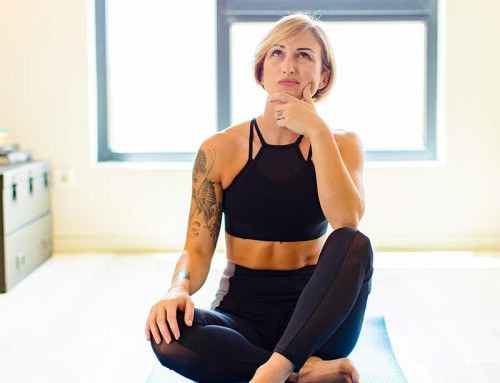One Tip to Make Your Workout Stick
By Robert Kjemhus, Kinesiologist, BHKIN
To support the demands of a rigorous high school sports schedule, I started weight training over a decade ago. The plan was I would spend a few hours each day on the court and field practicing skills, followed by an hour or two in the gym strength training. I knew that I had to spend that time in the gym if I wanted to remain active but I didn’t love weight training. Despite the best of intentions, the first 7 years of my weight training could be derailed by a bad day, a strong breeze, or an appealing plate of food. Making the time to practice the skills I would need for basketball, football, and lacrosse was never an issue, but working out for more than 3-6 months was.
Why was it so hard for me to remain consistent within a program? Why is it so hard that 50% new gym-goers will dropout of a new program in 6 months? I eventually asked myself a better question that has allowed me to train injury-free and consistently for the last 3 years, “when was the last time you had fun in the gym?”
“Training plans are based on sports science , rather than psychological factors. There is no doubt that positive emotions [such as fun and enjoyment] are major reasons to adopt and maintain exercises in the long term, while a lack of positive emotions leads to increased drop out.”
– Benjamin Wienke, Doctoral Student at Humboldt University, Berlin
In 2016, Benjamin Wienke and other researchers performed a study involving semi-structured interviews with participants (of all ages) who had been training consistently for over 5 years. They were asked questions about their long term involvement in exercise as well their emotional responses to the training. The answers were grouped and merged to identify 4 key aspects that you can manipulate in order to increase your positive emotions as well as the likelihood you’ll stick to your program.
With those factors in mind, it’s not hard to see why making time for the gym in my youth was difficult, while making multiple practices a day wasn’t. Compared to my time spent in practice, the gym lacked novel experiences (because they were cookie-cutter routines I found online), lacked social interaction (because I was always a fan of working out alone), and lacked perceived competence (because I didn’t care about the exercises themselves, only the results.) Physical exertion was the only box I did check, but without proper instructions I found myself going for “the burn” at the expense of my mobility and functionality at practice the following day.
So how can people learn from my mistakes? Pick a sport, movement, or activity that you want to improve and has a direct impact on your day-to-day life. Goals like getting back to a sport you used to play or even wanting to vacuum without back pain will be within reach of most people and will have such a profound impact on their quality of life that their more likely to invest in the process (not just the results.) I would also encourage people to seek a kinesiologist that can develop an individualized program and teach you how each exercise contributes to your goal. The best thing I ever did for my training was find a goal that inspired not only my enthusiasm, but my curiosity.





